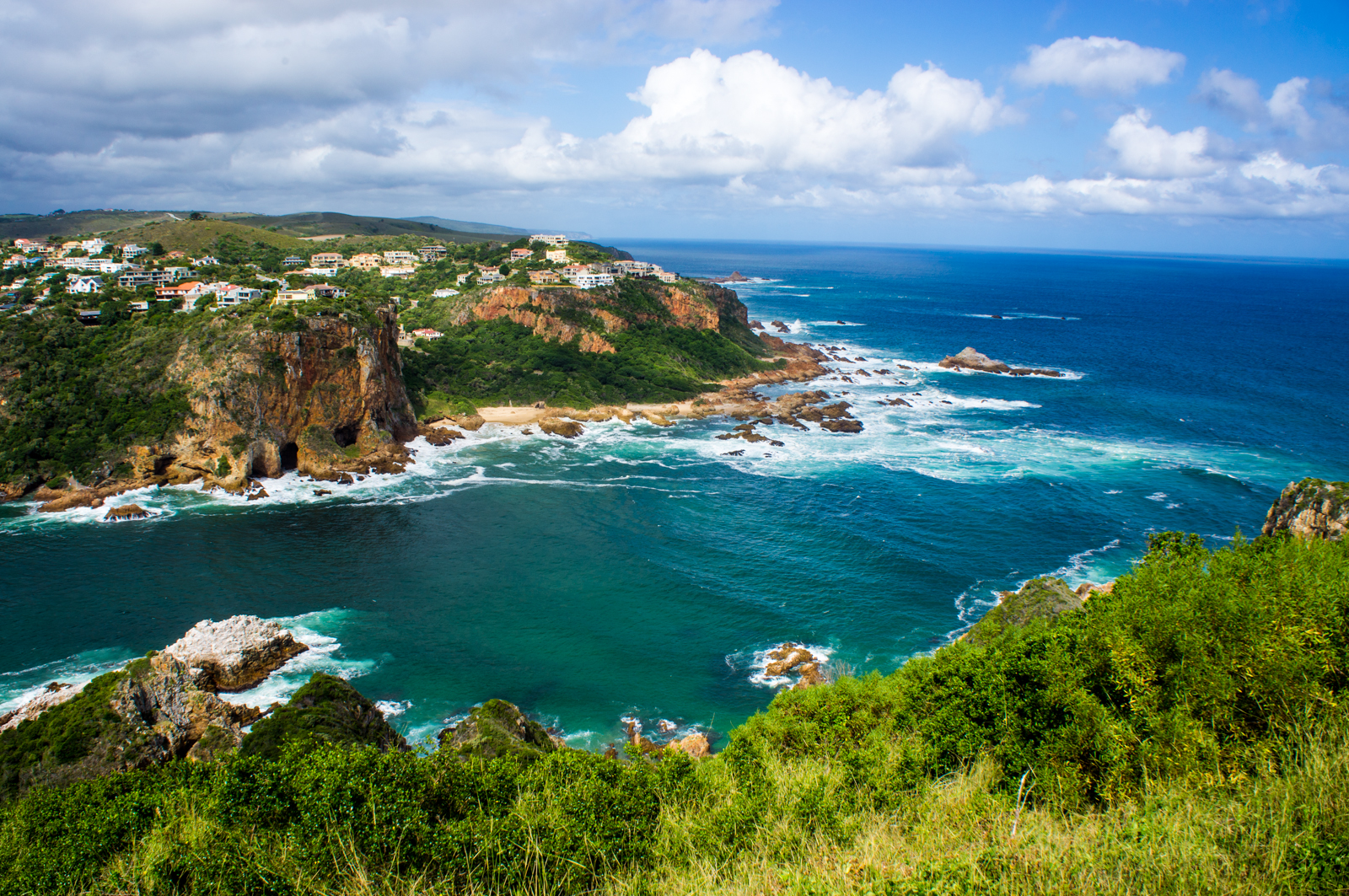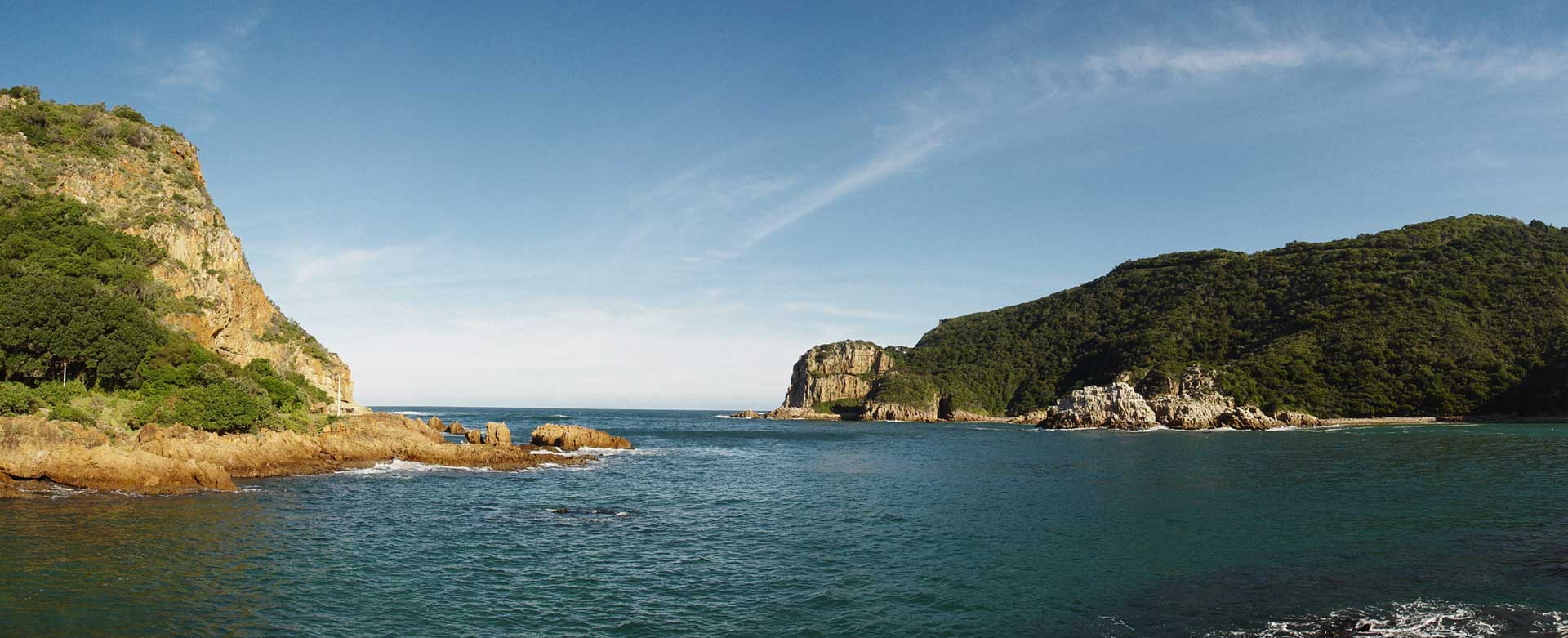The charming small town of Knysna is situated 32 kilometers western side of Plettenberg Bay. Around a half hour drive, it is a great trip coming from Plett and Milkwood Manor. Across the road to Knysna, you can find a number of farm booths as well as crafts areas to see. Midway in between Plett and Knysna, you will find the Knysna Elephant Park. You may possibly not know, but the local forest in the region was in the past inhabited by several thousands of Knysna elephants trampling throughout the plants. Unfortunately, there might be as few as a single wild elephant remaining on the forest because of massacres were done in the past centuries. As Plettenberg Bay is recognized for countless shorelines and waves, the wood town of Knysna is divided by the Knysna estuary which leads to the spectacular Knysna Heads, 2 headlands which open up to the sea. Crossing the Heads from the sea is hard because of sea conditions, however when inside of the Heads, the lagoon as well as estuary rest beautiful and serene, enclosed on each side by lovely plant life.

The Knysna Heads are actually a set of two sandstone cliffs which split the Knysna Lagoon through the sea beyond; the renowned landmark across the famous Garden Route. The Knysna Heads is surely the very best identified geological feature in the whole southern area of African shoreline. They flank the deep lagoon mouth that is a probably dangerous route in which the sea flows perfectly into a broad and spectacular lagoon in the mouth of the Knysna River. Two huge towering sites along with their remarkable cliffs shielding the lagoon entry ways from the surging ocean waves. A visit to the Knysna Heads is definitely an amazing experience for all those first-time tourists to Knysna.
They are simply divided into two headlands. The East Head is inhabited by magnificent houses, with the scenery of the town, the Heads as well as the open ocean, and it’s also a pleasant easy walk to look around the East Head. It is best to stop by at the East Head parking zone to get a drink or perhaps a bite to nibble on, it’s the absolute right place to unwind and appreciate the landscapes. Surprisingly, the most well-known wreck of the Knysna Heads is the Paquita Wreck that is situated straight in the front of the East Head parking zone. Over a clear day, it’s possible to even make out the outline of the particular wreck and it’s also a well-known spot both for divers and snorkellers. Bear in mind, though, that the ocean currents in the Knysna Heads could be dangerous and it’s recommended to just dive once the currents are light and gentle. The eastern head is well accessible by vehicle and it has a lot of magnificent views overlooking the water channel, Indian Ocean, the Knysna Lagoon as well as the estuary, and also the Outeniqua Mountains. As a matter of fact, it was actually due to its exceptional lookout which the National Sea Rescue Institute (Station 12, Knysna) made a decision to construct its observation room there.

The West Head is nearly completely unpopulated and it is a privately-owned natural reserve, called Featherbed. It is just reachable by ferry boat and tourists are ferried over for guided strolls around the reserve. You will find four-hour excursions into the reserve departing from the Knysna Waterfront every day.
Knysna is really a captivating, enchanting small town which will provide tourists many different activities and cafes and makes a perfect excursion for tourists to Plettenberg Bay.

Leave a Reply
You must be logged in to post a comment.